Cadence
-

Have you got a busy summer of cycling planned? Here are six training sessions to ensure you're in top form
-
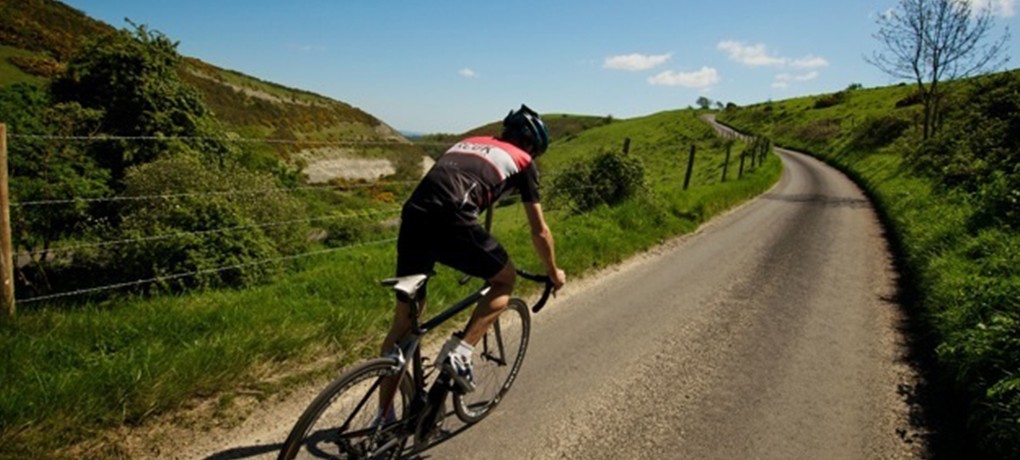
HIIT should be included as part of a varied training programme
-
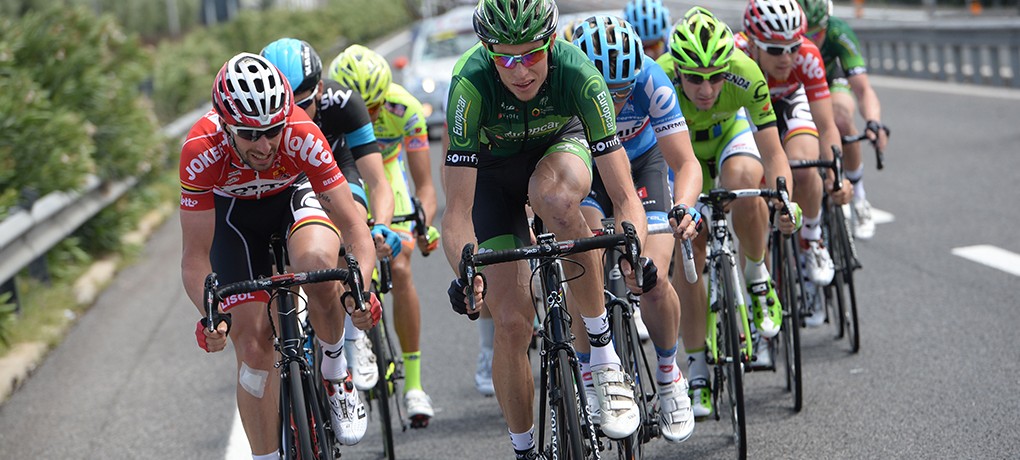
Want to be first to the cafe stop? Follow the training session below (Pic: Sirotti)
-
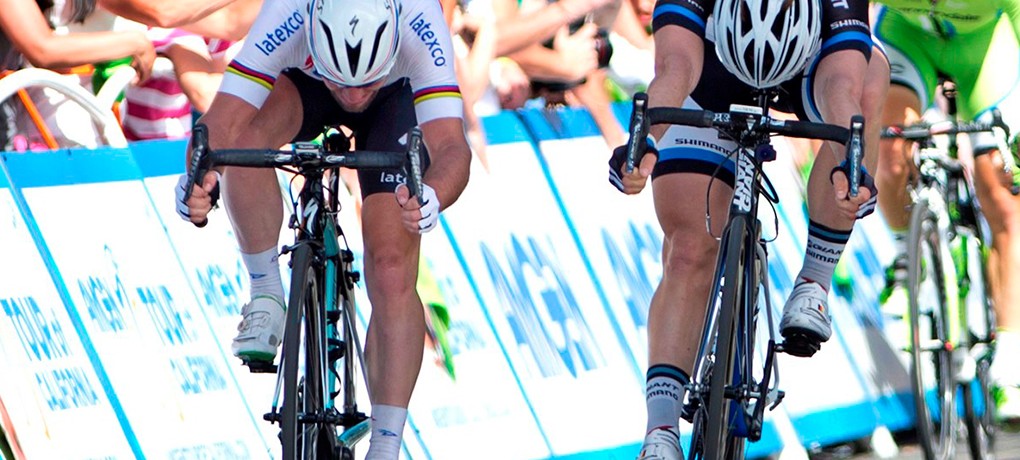
This session works on the two aspects of sprinting individually and then puts them together (Pic: Tim de Waele/OPQS)
-
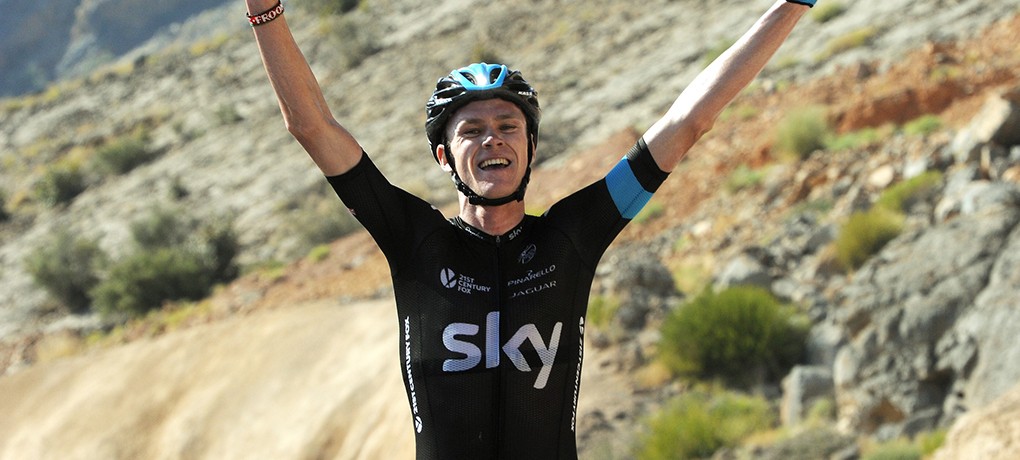
Want to climb like Chris Froome? (Pic: Bruno Bade/ASO
-
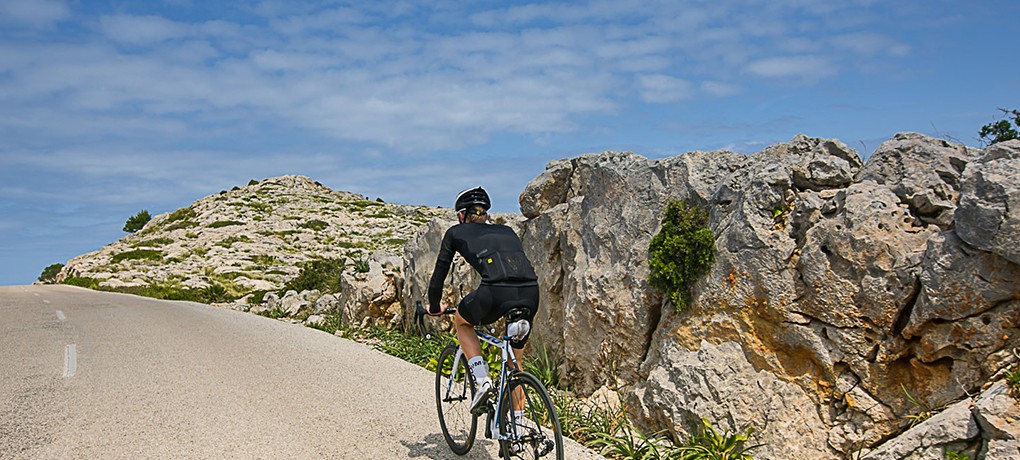
Sweetspot efforts will simulate the intensity of climbing a long ascent in the Alps (Pic: Media 24)
-
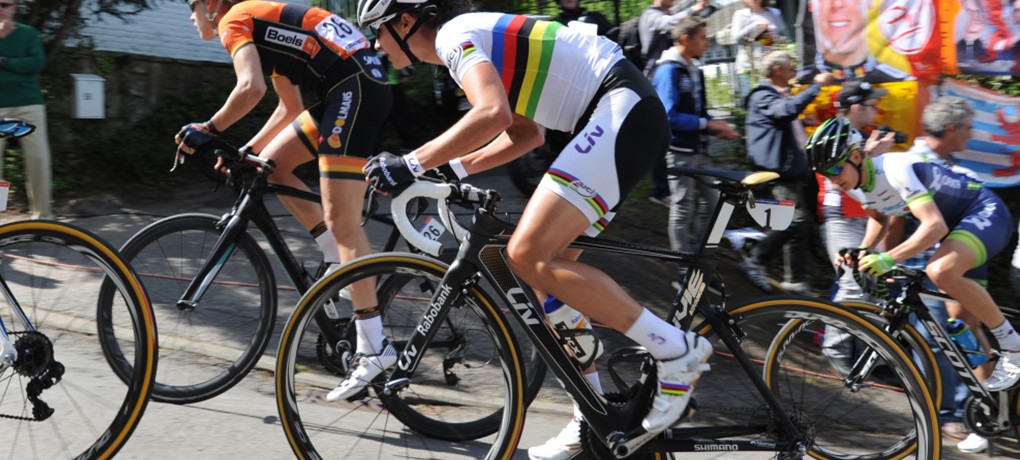
Changes in cadence can leave you fatigued (Pic: P.Perreve/ASO)
Cadence
Stephen says: “If you are to look at any file that details cadence from a road race/chaingang/sportive etc, you will see many variances in your cadence along with the power/torque produced with each change of rhythm. These small but important changes in your cadence can not only leave you fatigued quicker than normal because of a lack of muscular ability to change and adapt to numerous rhythms, but it can also lead to never being able to reach your full potential because you have not worked on this ability.
“Switching from one dominant muscle fibre type to another, Fast Twitch (FT) to Slow Twitch (ST) or vice versa, is something that needs to be worked on with specific cadence drills that can assist in your ability to adapt. Every rider’s genetics are different and the objective is not to boost one fibre type but to help switching from one to another, for example, when you are on sitting at 25mph on a flat road in a bunch of riders at 90rpm and then hit a ten per cent hill which takes you two minutes to climb at 60rpm – this has different torque requirements along with aerobic abilities.
“Lower cadences (-70rpm) generally use a larger amount of FT fibres and require greater glycogen requirements, while high cadences (90rpm+) use more ST fibres and tend to utilise fat better as an energy source along with recruiting more muscle groups.”
The training session – adapting to cadence changes
Ten minutes warm-up (zone two), 90rpm
4×30 second alternate left/right single leg pedalling (zone three), 90rpm, with 30 seconds recovery (zone one) between each
Five minutes steady riding (zone two), 80-90rpm
3×8 minute cadence drills (zone three). These should be done as one minute at 60/70rpm and one minute at 100/110rpm, repeating four times for a total of eight minutes
Six minutes recovery (zone two) between efforts
Five minutes cool zone (zone one)
Website: Dig Deep Coaching





